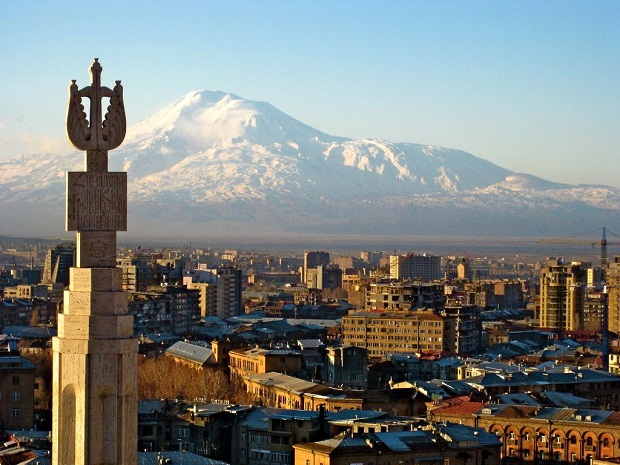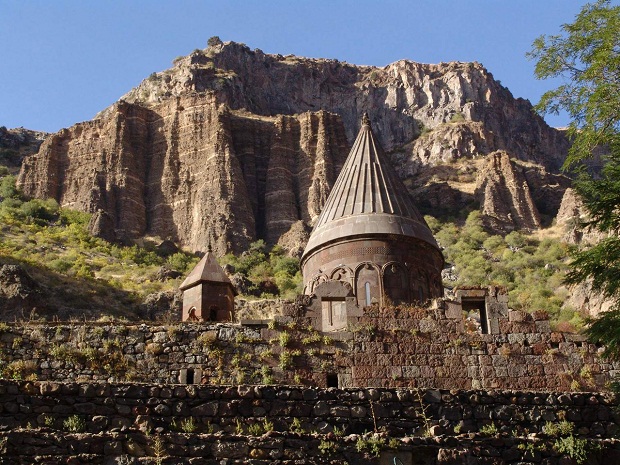
Armenia is one of the smallest former Soviet republics. It is also the first nation to have Christianity adopted in the 4th century. For centuries, Armenia has been ruled by the Romans, Byzantines, Arabs, Persians, and Ottomans. This mountainous terrain is surrounded by Turkey to the west, Georgia to the north, the Republic of Nagorno-Karabakh and Azerbaijan to the east, Iran and Azerbaijan to the south.
The picturesque scenery of Armenia has been constantly under threat of some kind of invasion . After the country gained independence in 1918, it fell again with the Red Army invasion of 1920. A devastating earthquake in 1988 killed more than 25,000 people. In 1994, the Armenians defeated the Azeris, but the conflict to date remains unresolved. Despite the difficulties that Armenia has experienced, it is a beautiful tourist place. 
The majestic mountains and their rich culture have a mesmerizing effect on all visitors. The original name of Armenia is Hayk. Later it was renamed Hayastan, when it was under the power of the Iranians. The country is now known as the ‘ Republic of Armenia ‘. The mountain ranges of El Ararat surround it, they are those in which Noah’s Ark stopped after the flood.
Yerevan , is the capital of Armenia. It was founded by King Argishti I in 782 BC. King Tiridates III, who ruled from 238 to 314 AD, chose Christianity as his state religion in 301. One of the largest lakes in the world, Lake Sevan , is located in the mountains of Armenia.
